Four types of pegging
michaelg
14 years ago
Related Stories

LANDSCAPE DESIGNThe 7 Best Plant Types for Creating Privacy and How to Use Them
Follow these tips for using different kinds of plants as living privacy screens
Full Story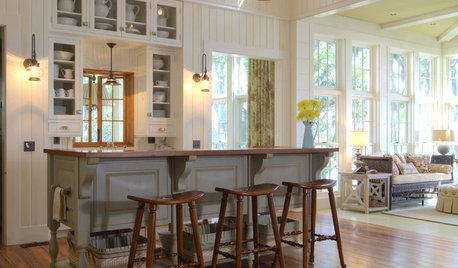
KITCHEN DESIGN9 Flooring Types for a Charming Country Kitchen
For hardiness and a homespun country look, consider these kitchen floor choices beyond brand-new wood
Full Story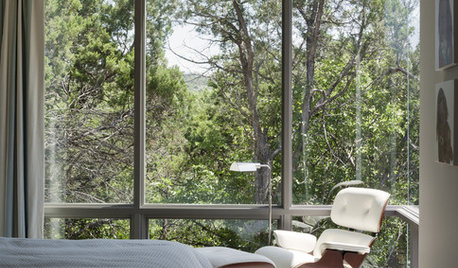
DECORATING GUIDESThe Art of the Window: Drapery Solutions for Difficult Types and Shapes
Stymied by how to hang draperies on a nonstandard window? Check out these tips for dressing 10 tricky window styles
Full Story
KITCHEN STORAGE8 Cabinet Door and Drawer Types for an Exceptional Kitchen
Pick a pocket or flip for hydraulic. These alternatives to standard swing-out cabinet doors offer more personalized functionality
Full Story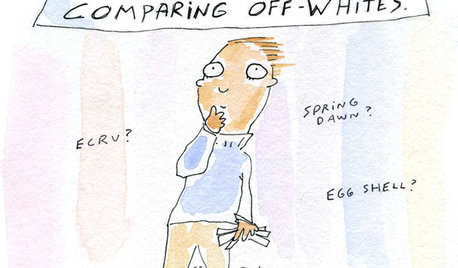
MOST POPULAR8 Clues You're a Creative Type
You always knew you were different. And if these traits fit, now you'll know why
Full Story
DECLUTTERING10 Types of Clutter to Toss Today
Clear the decks and give the heave-ho to these unneeded items
Full Story
PRODUCT PICKSGuest Picks: Type-Based Art Prints
These 19 typography-focused art prints with proverbs, inspirational quotes and more know how to say it in style
Full Story0
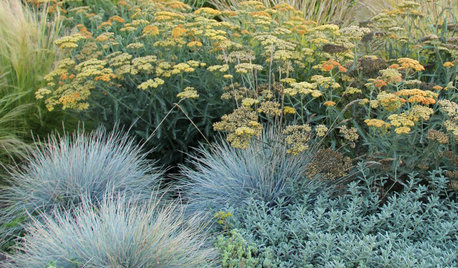
LANDSCAPE DESIGNTexture Talk: 4 Foliage Types for Distinctive Gardens
Contrast these leaf textures for plants that stand out and a landscape that draws you in
Full Story
BEDROOMS9 Ways to Dress a Four-Poster Bed
Complete the fairy-tale look or go as modern as you like with canopies, swags, drapes — or nothing at all
Full Story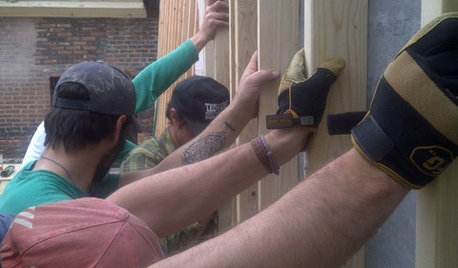
KNOW YOUR HOUSEMeet the Studs
Two-by-fours are just the kind of strong, silent type every home needs. Get to know studs — and how they lie about their size — right here
Full StorySponsored
Franklin County's Custom Kitchen & Bath Designs for Everyday Living
More Discussions







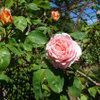

Terry Crawford
pfzimmerman
Related Professionals
Windham Landscape Architects & Landscape Designers · Port Royal Landscape Architects & Landscape Designers · Zion Landscape Architects & Landscape Designers · Frisco Landscape Contractors · Cockeysville Landscape Contractors · Columbine Landscape Contractors · Concord Landscape Contractors · Tigard Landscape Contractors · Vallejo Landscape Contractors · Waltham Landscape Contractors · Watertown Landscape Contractors · Raytown Landscape Contractors · Jericho Swimming Pool Builders · Independence Siding & Exteriors · Kansas City Siding & ExteriorsmichaelgOriginal Author
pfzimmerman
senko
flowerpowereverett
patricianat